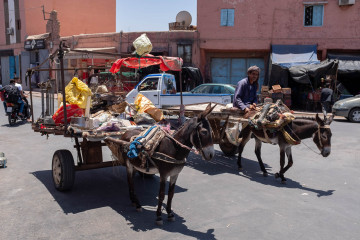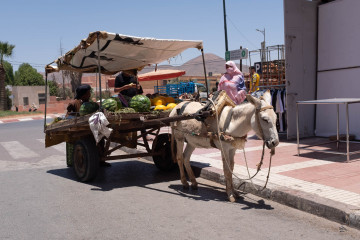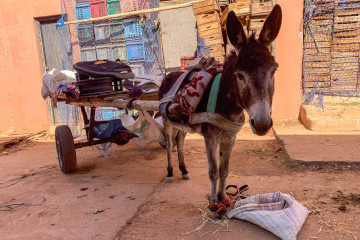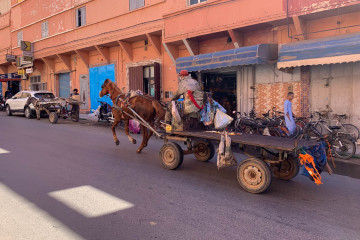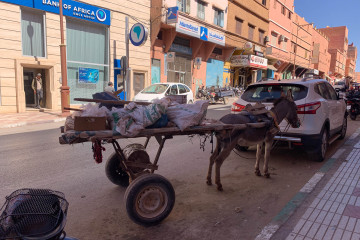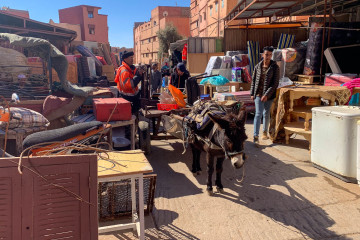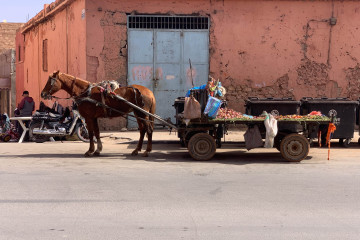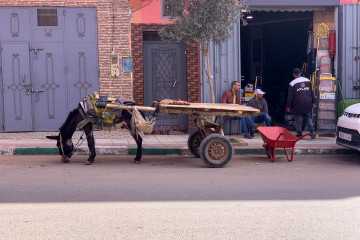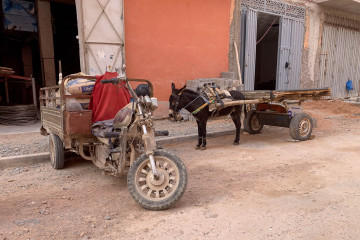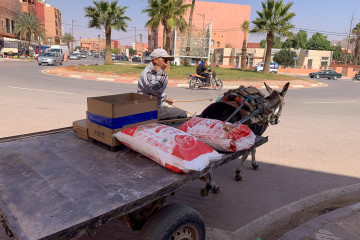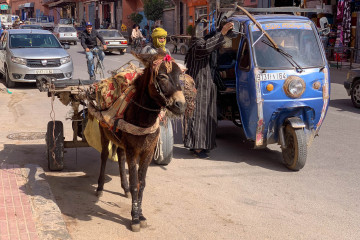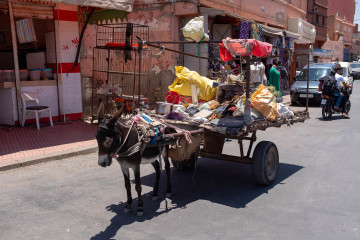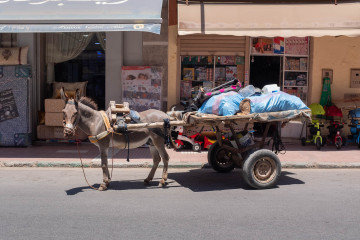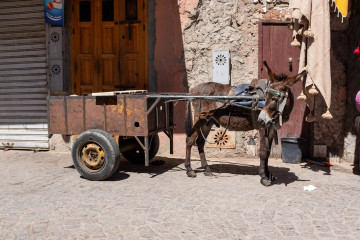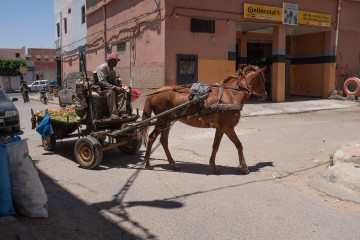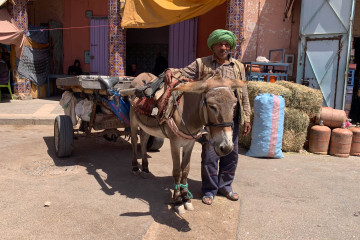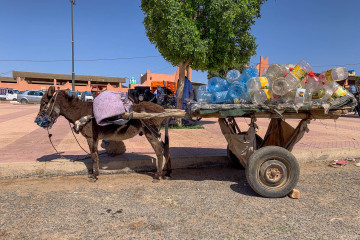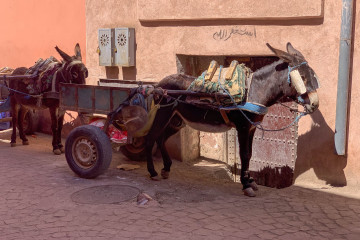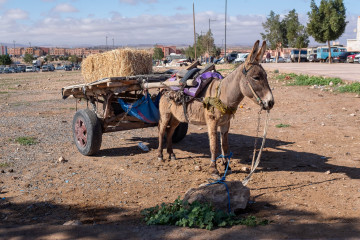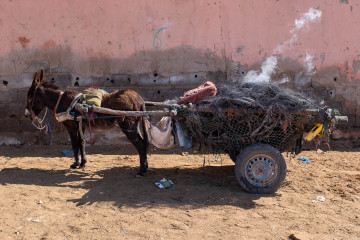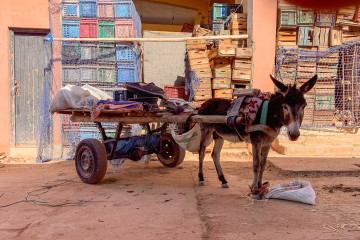Guardians of Tradition and Everyday Life
Guelmim, often referred to as the “Gateway to the Desert,” is a city in southern Morocco that seamlessly blends ancient traditions with modernity. Amidst its vibrant markets, bustling streets, and scenic landscapes, one of the most enduring and quintessential symbols of Guelmim’s cultural heritage is the donkey. These humble creatures are more than just beasts of burden; they are integral to the daily life and identity of the region.
Historical Significance
Donkeys have been part of Moroccan life for centuries, with their presence deeply embedded in the history and culture of Guelmim. Historically, they have served as the primary mode of transport, essential for moving goods and people across the rugged terrains and vast distances of the region. In Guelmim, where the Sahara’s edge meets more temperate landscapes, donkeys have been indispensable in connecting remote villages, enabling trade, and fostering community interactions.
Role in Daily Life
In modern Guelmim, despite the advent of motorized vehicles, donkeys remain vital to the rhythm of daily life. They are often seen carrying water, firewood, and agricultural products. For many families, especially those in rural areas, donkeys are a lifeline, providing affordable and reliable transportation that can navigate the narrow, winding streets and pathways that cars cannot.
Moreover, donkeys play a significant role in the famous weekly camel market of Guelmim. Known as one of the largest camel markets in the region, this bustling event draws traders and visitors from afar. Donkeys are used to transport goods to and from the market, highlighting their enduring economic importance.
Cultural and Social Impact
Beyond their practical uses, donkeys hold a special place in the hearts of the people of Guelmim. They are often treated as family members, given names, and cared for with affection. This bond is evident in the way donkeys are decorated during festivals and special occasions, adorned with colorful harnesses and ornaments that reflect the rich cultural tapestry of the region.
The presence of donkeys also has a social dimension. In many parts of Guelmim, the sight of a donkey laden with goods is a reminder of the community’s resilience and adaptability. Donkeys symbolize hard work, perseverance, and the simple, yet profound connection between humans and animals.
Challenges and Conservation Efforts
Despite their importance, donkeys in Guelmim face several challenges. Overwork, lack of proper veterinary care, and harsh living conditions can take a toll on their health and well-being. Recognizing this, several local and international organizations have stepped in to provide support. Initiatives aimed at improving animal welfare, providing veterinary services, and educating owners about proper care are making a difference.
One notable example is the work done by animal welfare organizations that run clinics and outreach programs in Guelmim. These efforts ensure that donkeys receive the medical attention they need and that their owners are equipped with the knowledge to maintain their health.
Conclusion
The donkeys of Guelmim are much more than mere animals; they are custodians of a rich cultural legacy and an indispensable part of everyday life. Their presence is a testament to the enduring traditions of the region and the unbreakable bond between the people and their environment. As Guelmim continues to evolve, the humble donkey remains a symbol of continuity, resilience, and the timeless spirit of this unique Moroccan city.
